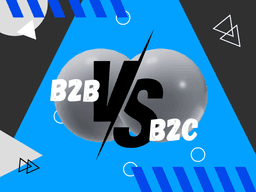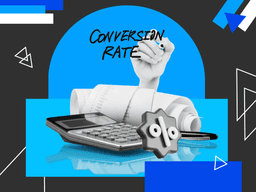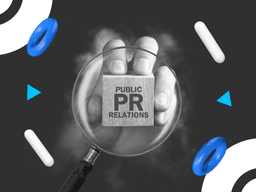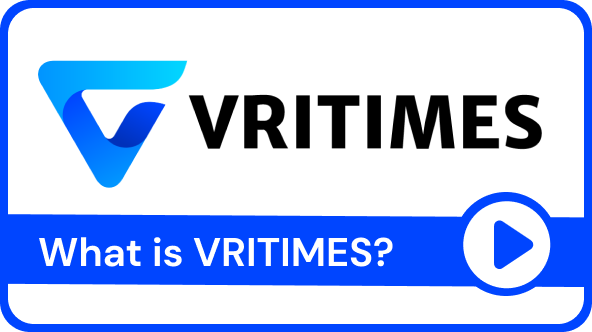/ 13 Top Marketing KPIs to Track Your Campaign’s Success
13 Top Marketing KPIs to Track Your Campaign’s Success
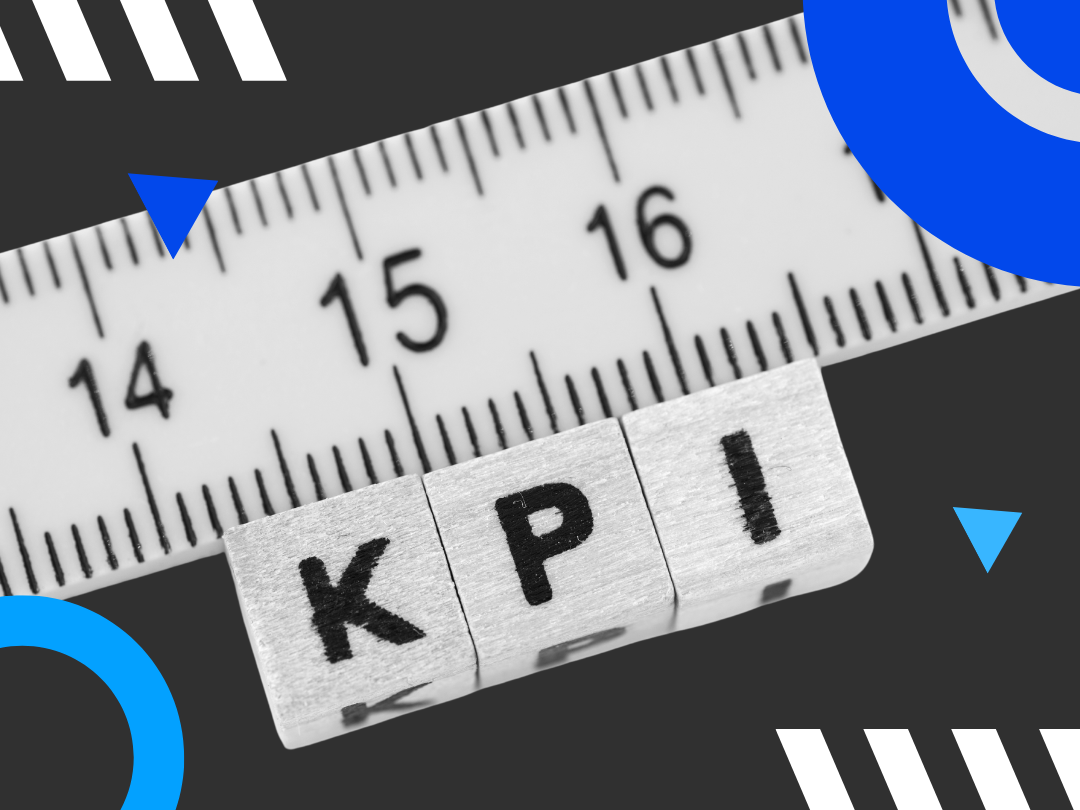
After executing a great marketing campaign, you need to measure and analyze its effectiveness. Use marketing key performance indicators (KPIs) to help the tracking process.
KPI itself is a measurable value to evaluate the impact of business activities and monitor its success to determine efficient budget spending. The KPIs must be linked to your business objectives.
13 Top Marketing KPIs to Track Your Campaign’s Success
There are top marketing KPIs that can be used based on your marketing type:
General Marketing KPIs
These are general marketing KPIs to track your campaign progress:
1. Marketing ROI
The return on investment (ROI) of marketing shows how efficient your marketing activities are based on the comparison between marketing revenue and its cost.
ROI = (sales revenue – marketing cost) / marketing cost.
2. CPL
Cost per lead (CPL) is an efficient marketing KPI that is calculated by dividing the total costs of a specific campaign by the number of leads generated.
CPL = total of marketing spends/total of leads.
3. Churn Rate
The churn rate is the rate at which customers stop transacting with a business.
Churn rate = (lost customers at the end of period / total customers at the beginning of period) x 100.
4. CLTV
Customer lifetime value (LTV) is a metric that shows the total revenue a business can expect to make from a single customer.
CLTV = (average revenue per account x gross margin) / churn rate.
SEO Marketing KPIs
If you use a website as one of your marketing channels, you need to optimize its performance on search engines using SEO marketing. These are KPIs to track its performance:
5. Backlink
Backlink is a link on another website that embed a link to your page. More quality backlinks indicate your authority.
However, there are toxic backlinks that need to be removed, otherwise, they will be detected as fraud by search engines. Toxic backlink usually comes from massive link building. You can use backlink checker tools to find toxic backlinks and disavow those links using Google Disavow.
6. SERP Ranking
Search Engine Results Page (SERP) ranking shows your website visibility on search engines like Google and Microsoft Edge. The higher your ranking, the higher the chance for people to find and click on your website.
This KPI can be used to track your articles’ performance for each keyword. Evaluate your keyword strategy and update it based on the ranking.
7. Website Visitors
As its name implies, this KPI tells how many internet users have visited your website. Website visitors amount let you know the success and effectiveness of your SEO and web design.
8. Bounce Rate
This rate shows the percentage of visitors who exited your site after viewing only one page. So the lower bounce rate is better. To track down those KPIs, you need to use SEO tools, such as SEOquake, SEMRush, Bing Webmaster, Ahrefs, etc.
Social Media Marketing KPIs
After creating and posting attractive content on social media, you need to measure its effectiveness by these KPIs:
9. Social Media Engagement
Engagement is based on the count of likes, comments, views, watch duration (for video), shares, and saves. You can measure engagement using free engagement calculators on the internet.
10. Reach
Reach is different from views as views indicate the number of your content viewed. If the same user replays your video, it will be counted as well.
But reach indicates the number of users that have seen your content. When the same user replays your video, it will not be counted anymore. You can measure reach using the analytics tool provided by each platform.
11. Brand Mentions
This shows the number of individuals or businesses mentioning you in their conversations. To know if your brand is mentioned in a good or bad way, use brand monitoring tools, such as Brandwatch and BuzzSumo.
Email Marketing KPIs
Email marketing is still relevant as it is cost-effective and has some of the highest open. These are some KPIs to measure its effectiveness:
12. CTR
Click-through rate (CTR) is the number of people who clicked a link in your email compared to the total number of people who received your email.
You will understand whether the email was convincing enough or not. The higher the CTR means the more convincing your email was. The lower CTR means you need to improve the email to be more convincing.
CTR = (clicks / impressions) x 100.
13. Conversion Rate
Conversion rate is the percentage of email receivers who complete a desired action. The desired action could be signing up for a program, purchasing a product, and many more.
Conversion rate = (total of people who complete a desired action / total of email receivers) x 100.
Final Words
Those marketing KPIs will help you identify your marketing campaigns’ success and effectiveness. If you do not have much time to measure them manually, use online marketing analytics tools. There are free and paid tools. Choose the one that matches your needs and budget.

